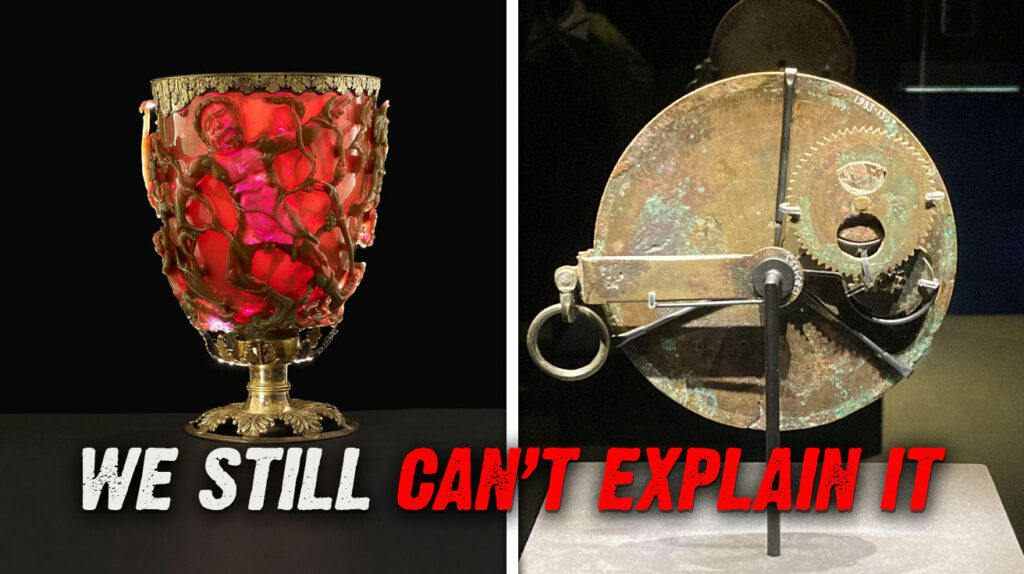
Your smartphone feels revolutionary until you discover what ancient civilizations were building thousands of years ago. These forgotten engineers weren’t just surviving—they were creating astronomical computers, rust-proof metals, and nanotechnology while the rest of humanity was figuring out basic agriculture. Many of their innovations took us centuries to rediscover, making today’s “breakthrough” technologies look like catching up rather than moving forward.
18. Magic Mirrors: Ancient Projection Technology
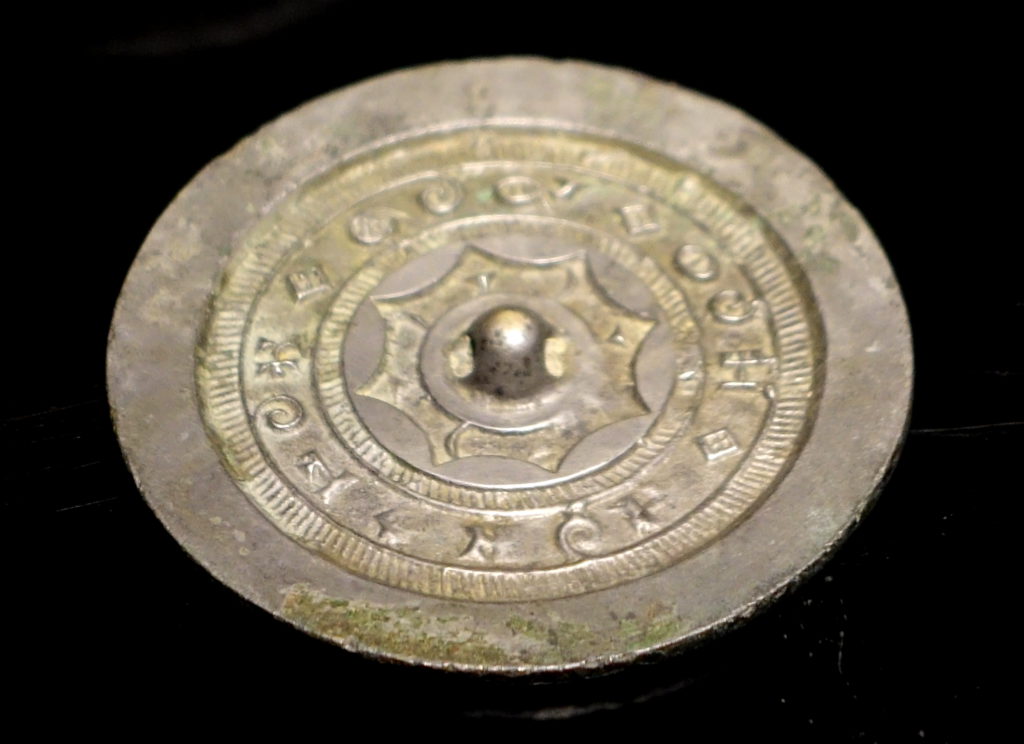
These seemingly ordinary Han Dynasty bronze mirrors hide an astonishing secret—reflected sunlight projects intricate patterns onto nearby surfaces. The effect comes from microscopic surface variations invisible to the naked eye that create clear images when light bounces off them.
Chinese craftsmen achieved these optical marvels through careful observation and craftsmanship, mastering light physics principles long before Western science developed formal wave theories in the 17th century. This demonstrates intuitive understanding of complex physics through skilled craftsmanship rather than mathematical formulas.
17. The Sword of Goujian: The Blade That Time Couldn’t Touch

After 2,500 years buried in a waterlogged tomb, this Chinese sword emerged sharp enough to slice paper. Your kitchen knives show spots after a few dishwasher cycles, yet this ancient blade remained virtually corrosion-free through twenty-five centuries underground.
The secret lies in its copper-tin alloy enhanced with precise amounts of iron, lead, sulfur, and arsenic, sealed in an airtight lacquered scabbard. Chinese metallurgists achieved what modern engineers still study—creating materials that outlast empires while your car develops rust spots after one winter.
16. Byzantine Sundial Calendar: Multi-Latitude Time Machine
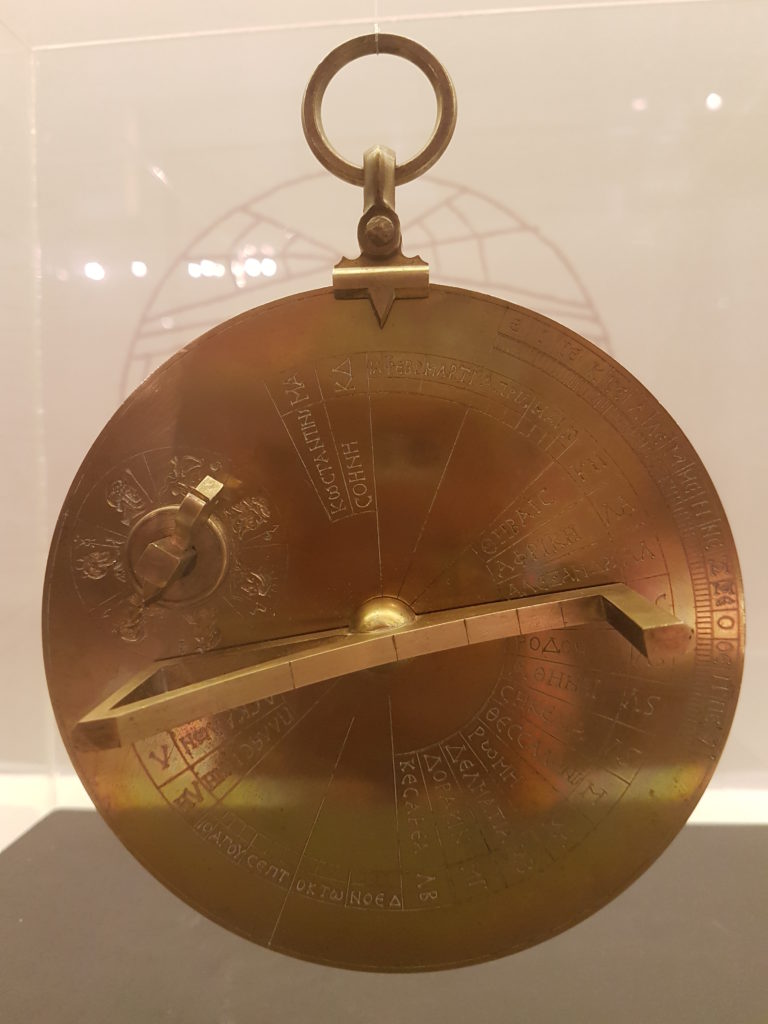
This 6th-century portable device worked across multiple latitudes from Constantinople to Alexandria, allowing travelers to determine dates and track sun positions regardless of location. Its sophisticated design made precise astronomical calculations accessible to merchants and officials throughout the Byzantine Empire.
The calendar combined mathematical knowledge with precision engineering to solve real-world navigation and timekeeping problems. While you rely on GPS and atomic clocks, Byzantine travelers navigated the Mediterranean with remarkable accuracy using hand-held devices requiring no batteries or satellite connections—just careful observation and ingenious mechanical design.
15. The Antikythera Mechanism: History’s First Computer
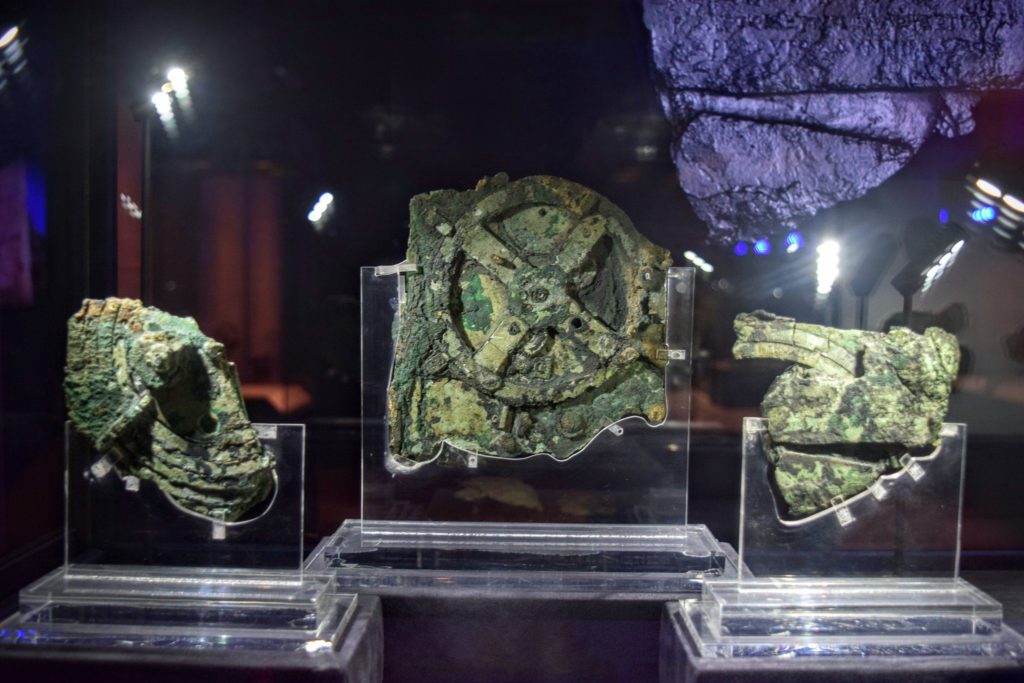
Imagine finding a working laptop in George Washington’s desk drawer. That’s essentially what happened when divers pulled this 2,100-year-old bronze calculator from a Greek shipwreck. Over 30 precision-cut gears tracked celestial movements with accuracy that wouldn’t be matched for another millennium.
Your weather app crashes when you need it most, but this hand-cranked device predicted eclipses, modeled planetary orbits, and calculated Olympic Games dates without missing a beat. Modern replicas confirm that ancient Greeks were mechanically modeling the cosmos while most civilizations were still pointing at stars and making wishes.
14. Olmec Rubber: Ancient Chemical Engineering
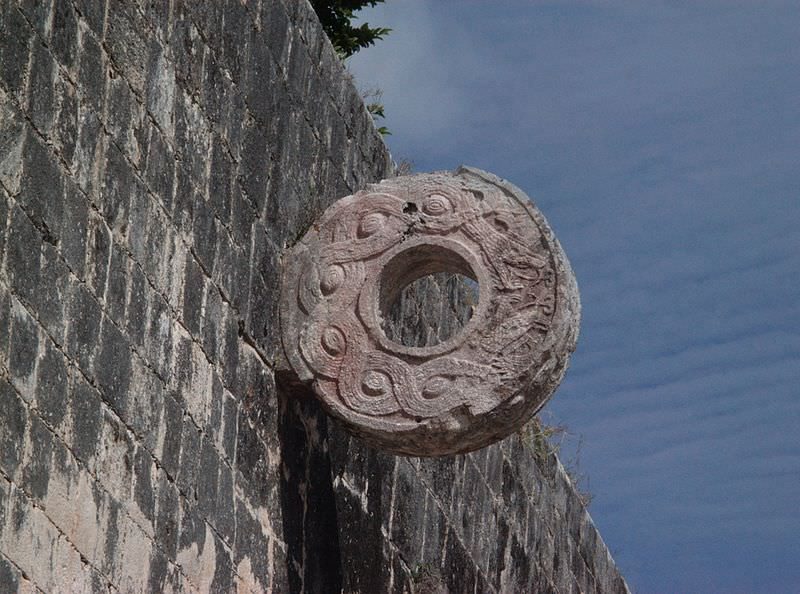
Mesoamerican Olmec civilization processed natural rubber around 1600 BCE—three millennia before Charles Goodyear developed modern vulcanization. They mixed latex from rubber trees with morning glory vine juice, creating chemical reactions that produced durable, bouncy material.
By adjusting their recipe, Olmec artisans produced rubber with different properties for various applications including ritual ballgame equipment. This ancient chemistry shows remarkable understanding of natural polymers achieved through systematic experimentation, mastering complex chemical processes that European technology wouldn’t match until the Industrial Revolution.
13. The Iron Pillar of Delhi: The Rust-Proof Wonder

This 24-foot iron column has stood in monsoon rains for 1,600 years without significant corrosion—a metallurgical achievement that modern engineers still study. Created during India’s Gupta Empire, it contains remarkably pure iron with precise phosphorus content that creates protective layers against rust.
Ancient Indian metalworkers somehow forge-welded this six-ton pillar without modern furnaces or equipment. Your car develops rust spots after a few winters, yet this monument has weathered sixteen centuries of extreme temperatures, pollution, and monsoons while maintaining structural integrity that puts modern materials to shame.
12. Etruscan Dental Bridges: Ancient Cosmetic Dentistry
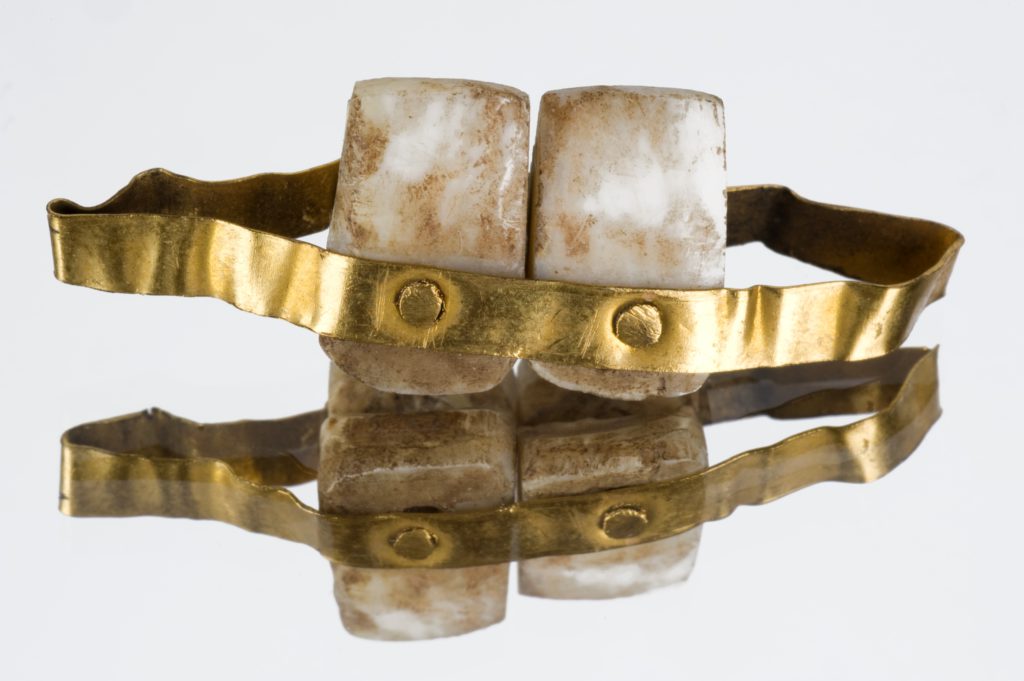
Long before modern dental implants, Etruscans created sophisticated dental prosthetics as early as the 7th century BCE. These ancient Italian craftsmen replaced missing teeth with human or animal substitutes, anchoring them using precisely fitted gold bands.
Custom dental bridges restored both function and appearance, proving cosmetic dentistry isn’t just modern vanity. The precision metalwork required for comfortable, durable dental appliances demonstrates sophisticated understanding of goldsmithing and oral anatomy. The desire for complete smiles—and technical skill to achieve them—has existed for nearly three millennia.
11. The Lycurgus Cup: Nanotechnology in Ancient Rome
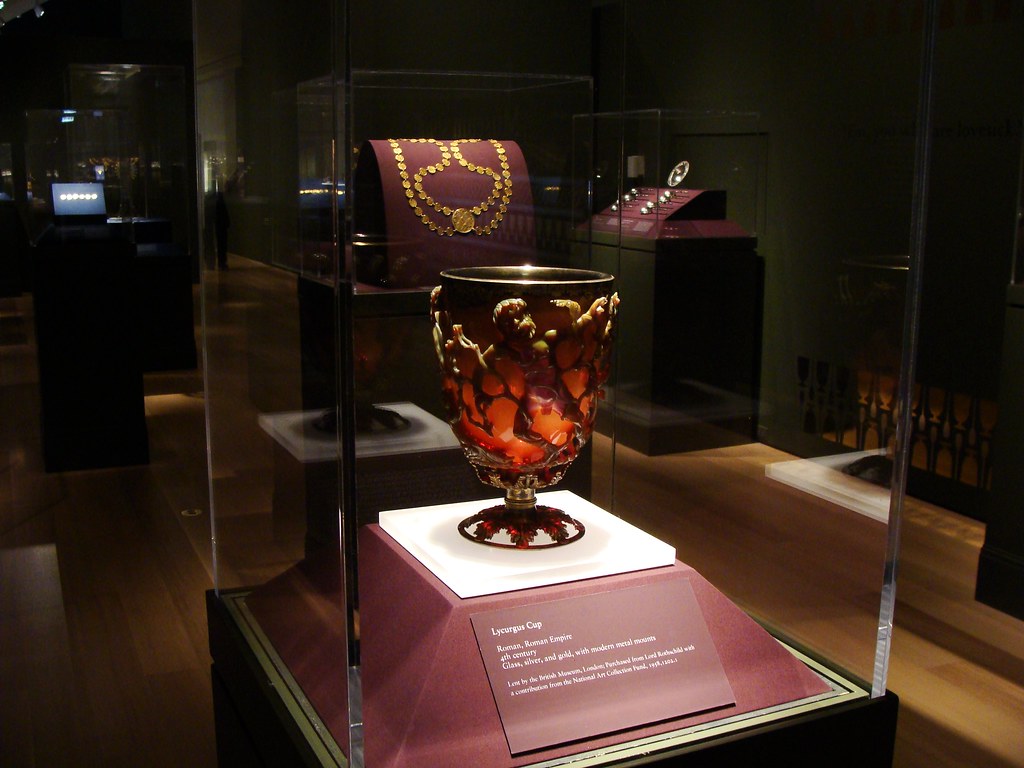
Roman artisans created the ancient world’s equivalent of a high-tech mood ring. This 4th-century drinking vessel appears jade green in normal light but glows ruby red when backlit—caused by gold and silver nanoparticles suspended in glass.
These craftsmen unknowingly pioneered nanotechnology by mixing precise metals into molten glass, creating particles roughly 1/1000th the width of human hair. Modern scientists only figured out how this works in the 1990s, proving that groundbreaking materials science can happen through skilled observation rather than billion-dollar research grants.
10. The Salamis Tablet: Ancient Calculating Device
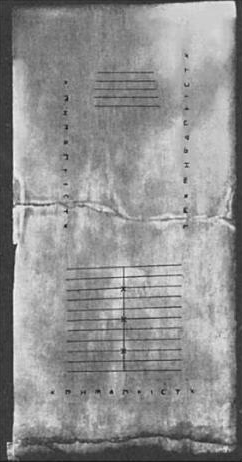
Before Excel spreadsheets and pocket calculators, Greek merchants were crunching numbers on this 5-foot stone computing table from around 300 BCE. Parallel grooves and Greek numerals allowed users to perform complex calculations by moving pebbles along tracks.
The tablet handled addition, subtraction, multiplication, and division with surprising efficiency, democratizing mathematics for traders and students. While you complain about learning new software interfaces, ancient Greeks performed inventory management and tax calculations on a stone-age computer that never crashed and could last millennia.
9. King Tut’s Iron Dagger: Space Metal for Royalty

When Howard Carter discovered Tutankhamun’s tomb, he found something extraordinary—a pristine iron dagger from before iron smelting was widespread in Egypt. Modern analysis revealed its otherworldly origin: meteoritic composition with nickel and cobalt proportions only found in space metal.
Egyptian metalworkers fashioned this “iron from the sky” into a perfectly balanced weapon with crystal pommel and gold hilt. Creating such a blade without modern tools required exceptional skill, especially considering iron’s higher melting point than typical bronze. This cosmic dagger proves ancient craftspeople could adapt when opportunity literally fell from the heavens.
8. The Nebra Sky Disc: Portable Astronomical Computer
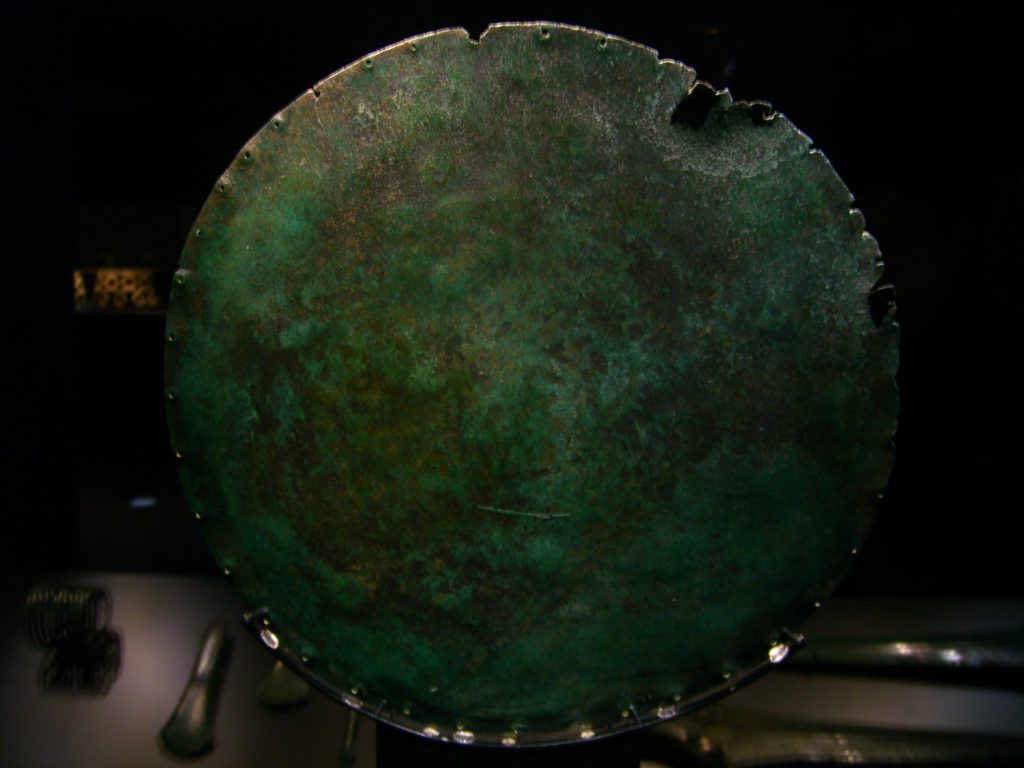
Bronze Age farmers used this 3,600-year-old disc to track seasonal changes with remarkable precision. Combining bronze and gold, it shows the sun, moon, and star clusters alongside special arcs marking solstice positions—the oldest accurate depiction of the cosmos ever discovered.
This portable star chart transformed abstract cosmic knowledge into practical survival tools. While your weather apps sometimes get forecasts wrong despite satellite data, ancient Europeans were accurately predicting seasonal changes using a hand-held device requiring no updates or subscription fees.
7. The Hydraulis: The First Keyboard Instrument
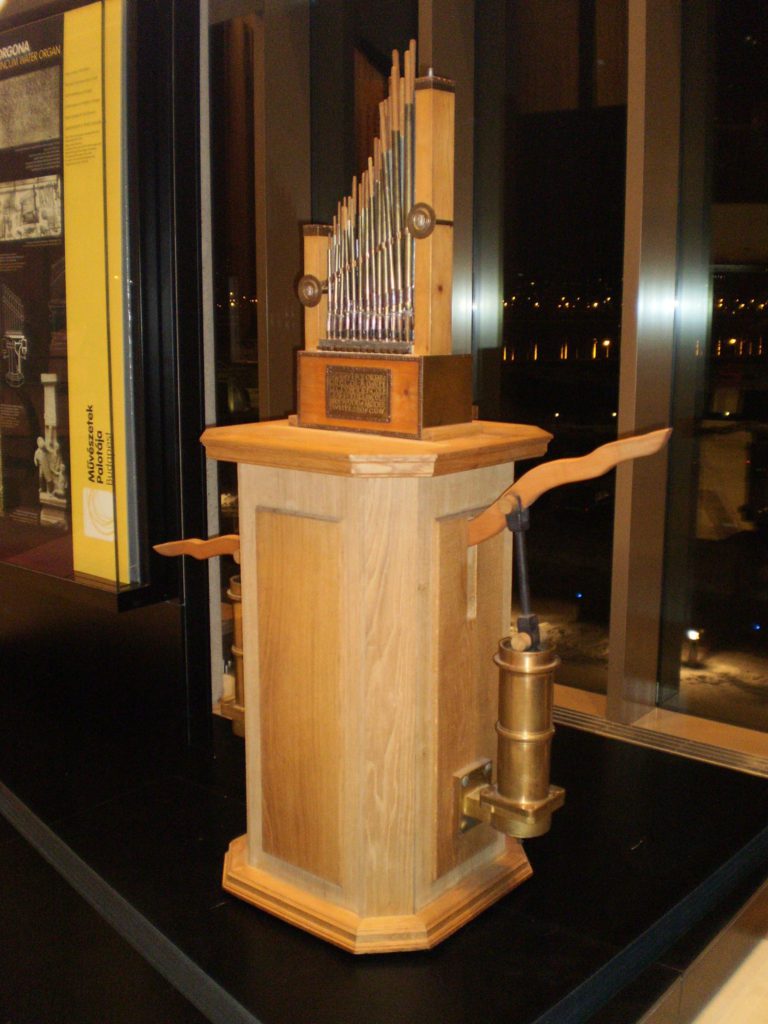
Greek engineer Ctesibius created the earliest keyboard instrument in the 3rd century BCE—not a piano manufacturer centuries later. This water-powered organ used hydraulic pressure to create steady airflow through pipes, producing consistent musical tones when players pressed keys.
Working replicas confirm what ancient texts described: powerful sounds that filled amphitheaters without amplification. While you marvel at digital synthesizers, ancient Greeks were engineering complex musical instruments that combined hydraulics, pneumatics, and mechanical action—directly inspiring every keyboard instrument that followed.
6. The Nimrud Lens: Ancient Optical Technology
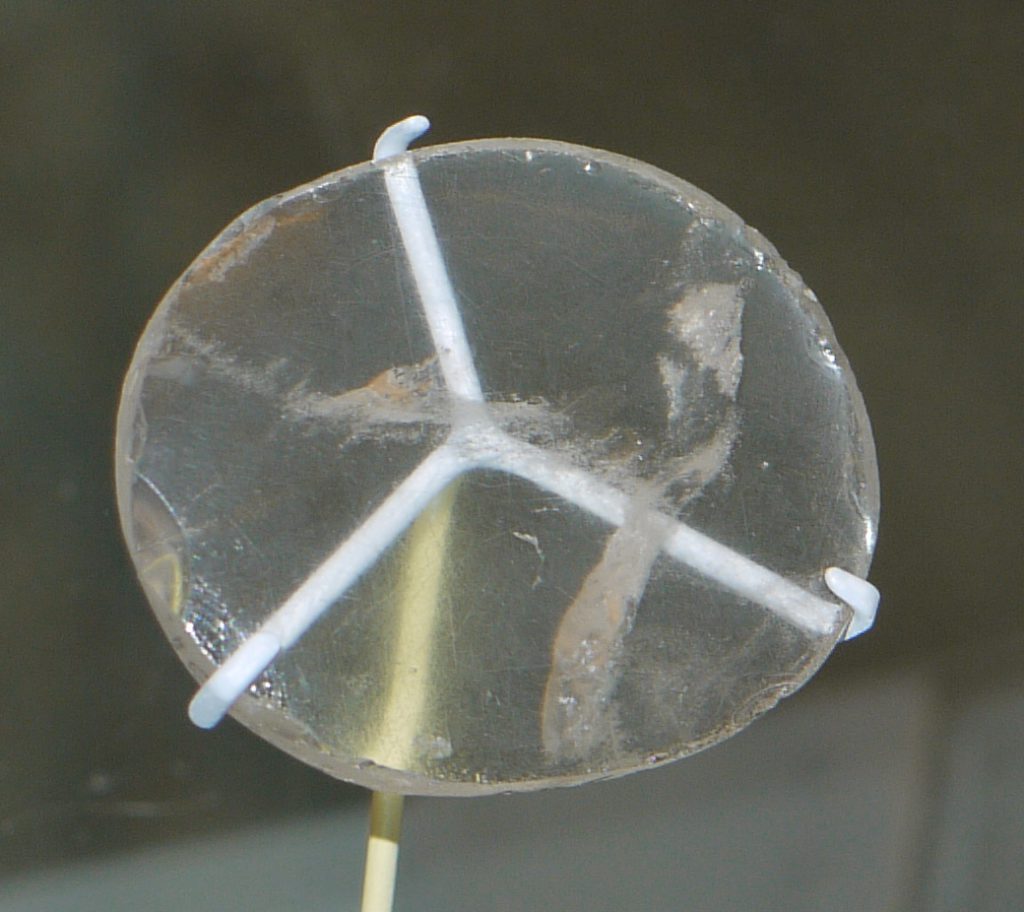
Assyrian craftsmen were grinding precision lenses 2,700 years ago, challenging everything we thought we knew about the timeline of optical science. This polished rock crystal provides clear magnification for detailed work—impressive considering it predates what historians called the “first” magnifying lenses by centuries.
Scholars debate whether ancient opticians used it for intricate cuneiform tablets or delicate jewelry work. Either way, understanding light refraction principles this early suggests that breakthrough discoveries often happen long before official science catches up and takes credit.
5. Roman Nemi Ships: Floating Luxury Tech
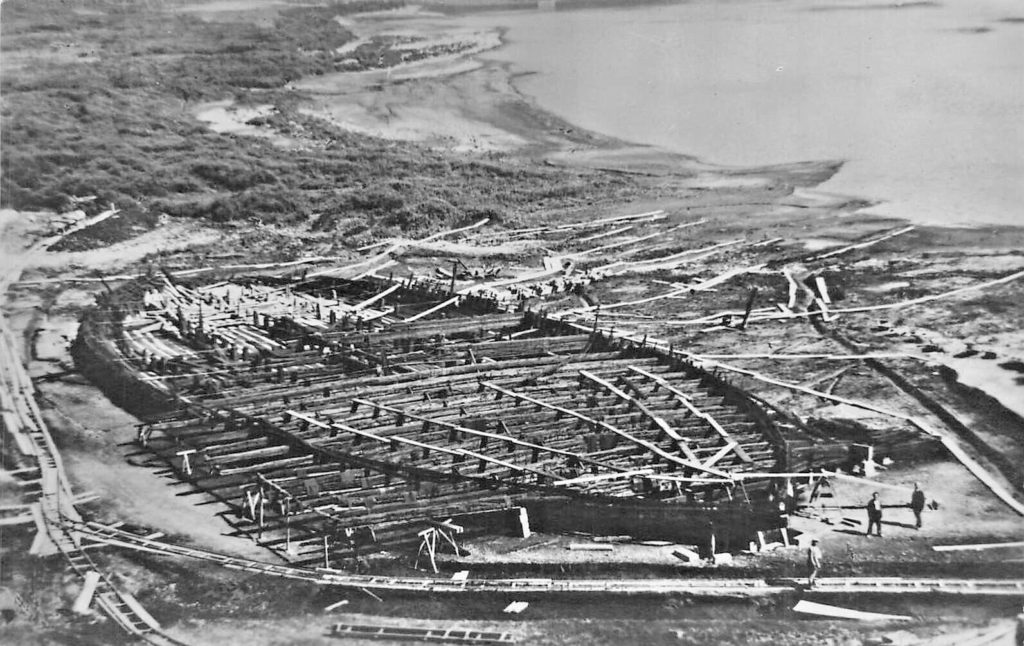
Emperor Caligula commissioned massive floating palaces featuring technologies we associate with much later periods. These Lake Nemi pleasure craft included heated floors, hot and cold running water, and complex pumping systems controlling water levels.
Archaeological evidence suggests advanced rotating platforms, though claims about fully developed ball bearings remain debated. Regardless, Roman engineers weren’t just building roads—they were creating luxury experiences powered by mechanical systems that showcased technical prowess rivaling modern cruise ship amenities.
4. Mayan Astronomical Codices: Eclipse Prediction Manuals
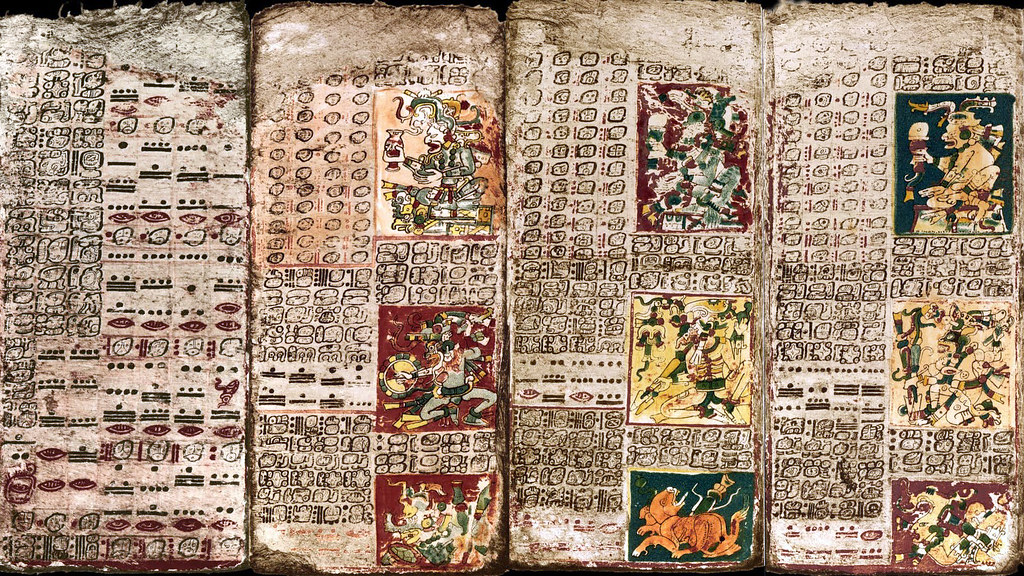
The Dresden Codex contains astronomical calculations so precise they tracked Venus cycles with just two hours of error over 584 days—all created without telescopes or modern mathematics. Mayan astronomers used naked-eye observations to create prediction systems that integrated cosmic cycles with agricultural schedules.
They combined astronomical knowledge with complex calendrical systems that shaped every aspect of Mayan civilization from farming to governance. While you separate science from daily life, the Maya created integrated knowledge systems connecting planetary movements directly to practical decisions about planting crops and conducting rituals.
3. The Phaistos Disc: Ancient Mechanical Reproduction
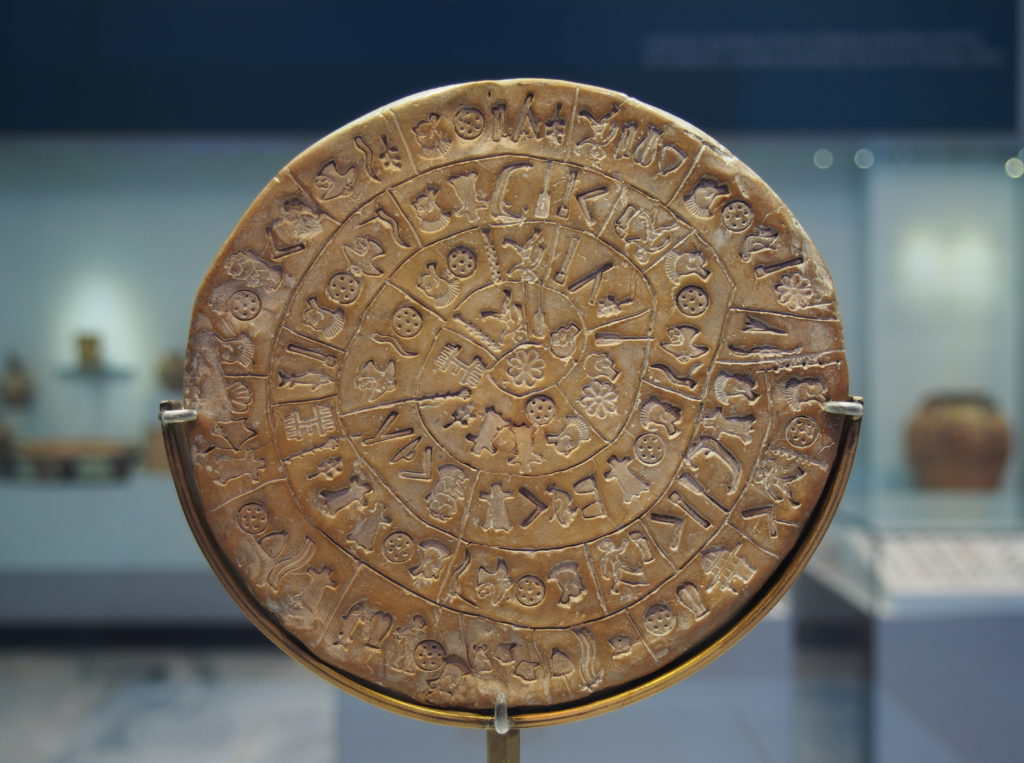
This 3,700-year-old clay disc represents humanity’s earliest attempt at mechanical text reproduction. Unlike hand-carved tablets, it features 241 symbols created by pressing pre-made stamps into soft clay—essentially Bronze Age mass production of identical symbols.
This innovation allowed faster, more consistent information reproduction long before Gutenberg’s press. Though scholars still debate its meaning, the manufacturing technique was revolutionary—creating standardized, reproducible text without handwriting variability. Mass-produced information exchange was developing nearly four millennia before you took it for granted.
2. Pompeii’s Surgical Tools: Medical Instruments That Still Look Familiar
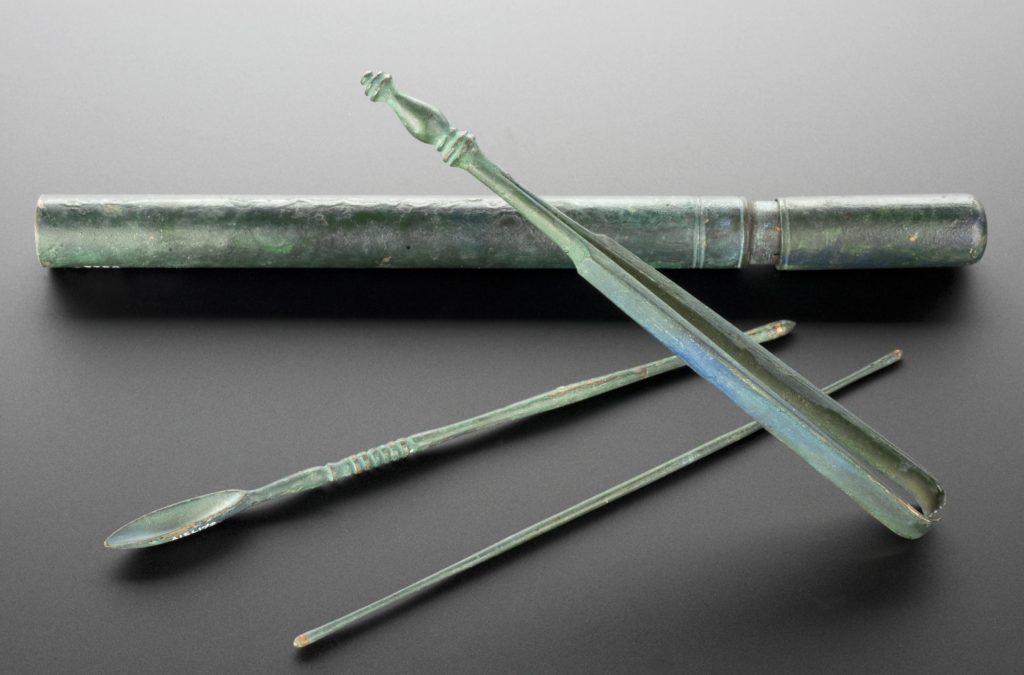
Volcanic ash preserved over 40 Roman surgical instruments that would look surprisingly at home in today’s operating rooms. These 1st-century tools included scalpels with replaceable blades, bone saws, forceps, and specialized gynecological instruments.
Roman surgeons performed complex procedures from cataract removal to cesarean sections using ergonomically designed tools so effective that modern surgical instruments still follow similar patterns. Next time you’re impressed by the latest medical gadget, remember that Roman doctors were performing skull surgeries while most of the world treated headaches with leeches.
1. The Indus Valley Precision Ruler: Ancient Urban Planning Tool
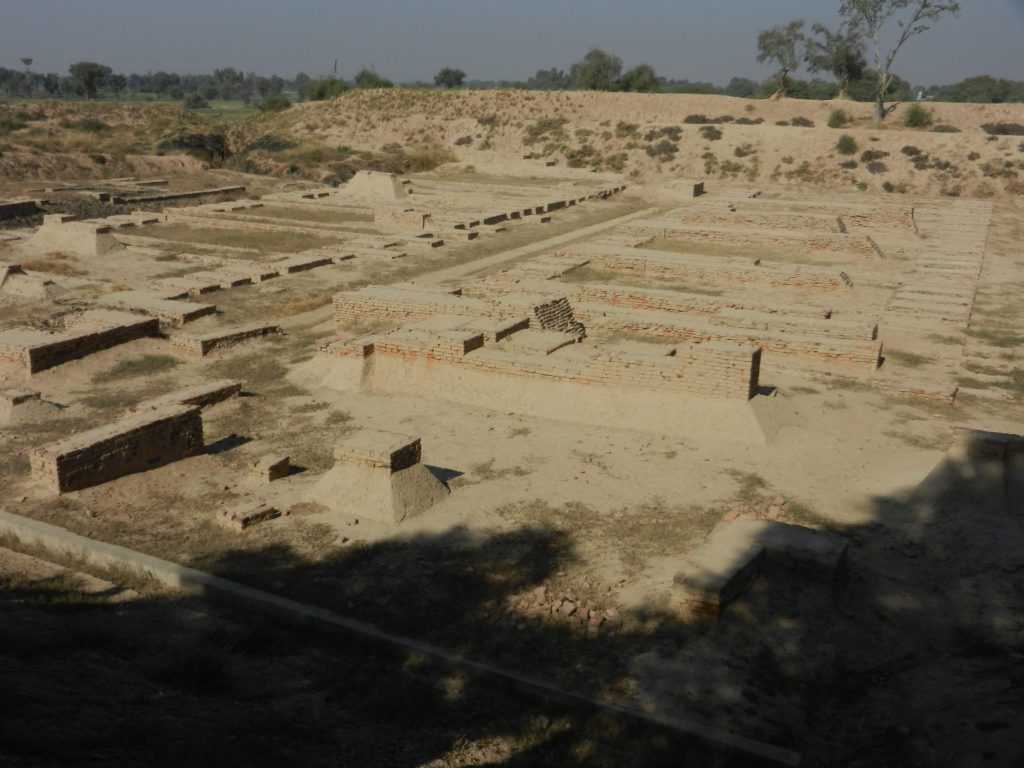
GPS recalculates your route because modern city planning remains hit-or-miss, but 4,000 years ago, Harappan engineers were creating perfectly aligned grid cities using this ivory measuring stick. Its remarkably fine markings enabled standardized construction across hundreds of miles.
This wasn’t just a ruler—it was the foundation of an urban planning philosophy that prioritized order and sanitation. Next time you navigate poorly designed subdivisions, remember that Bronze Age city planners were creating better street layouts using sticks and string than many modern developers manage with computer modeling.
Last modified: July 25, 2025







